The Replica of the XVI Century Basque whaling ship San Juan
Text by JULES STEWART Images by ALBAOLA

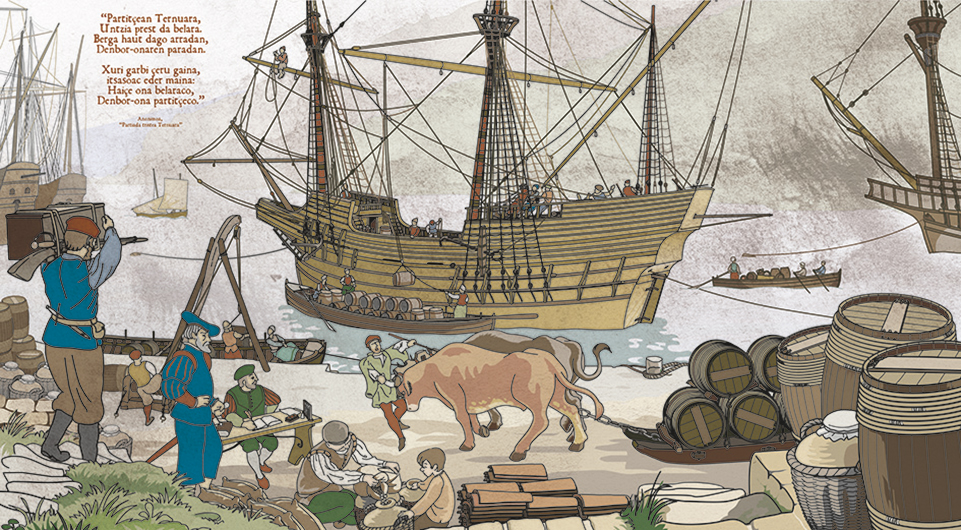
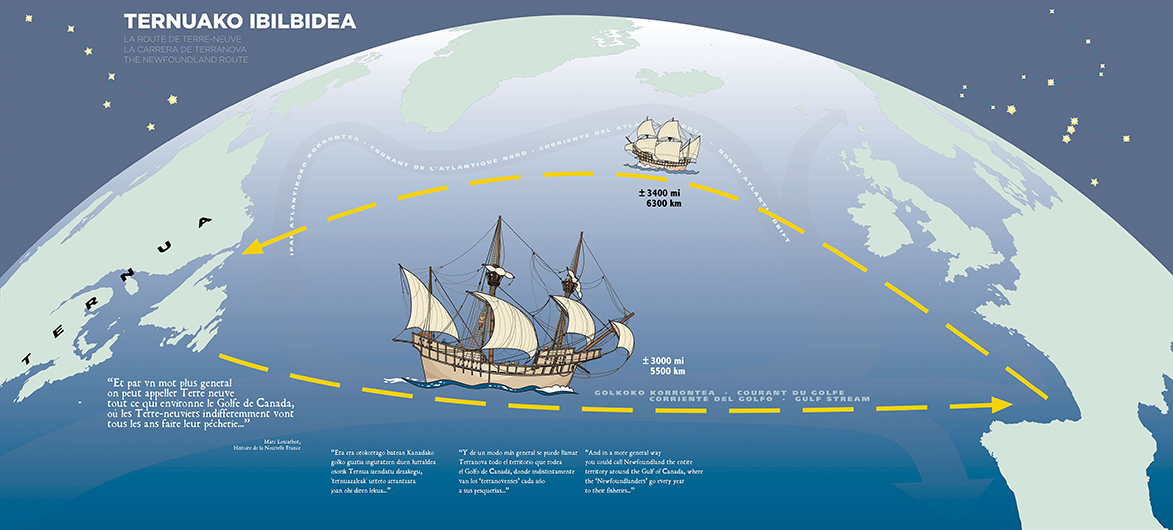
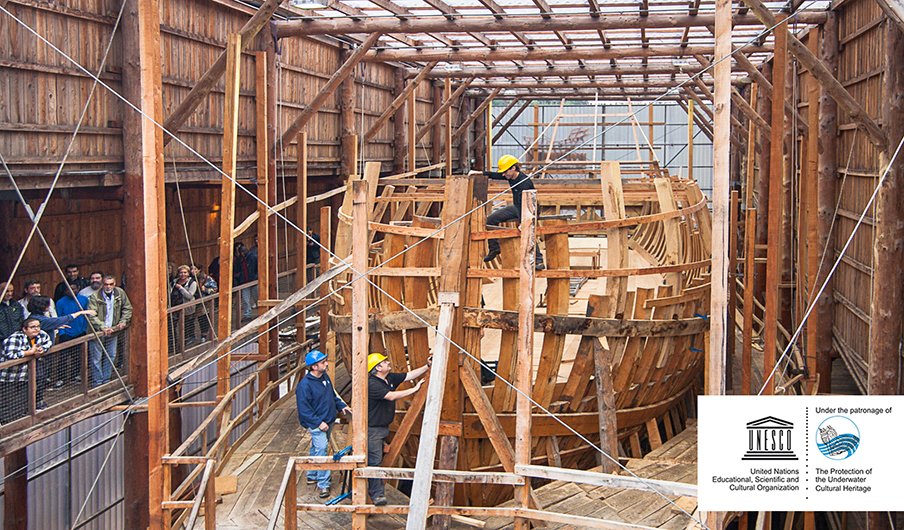
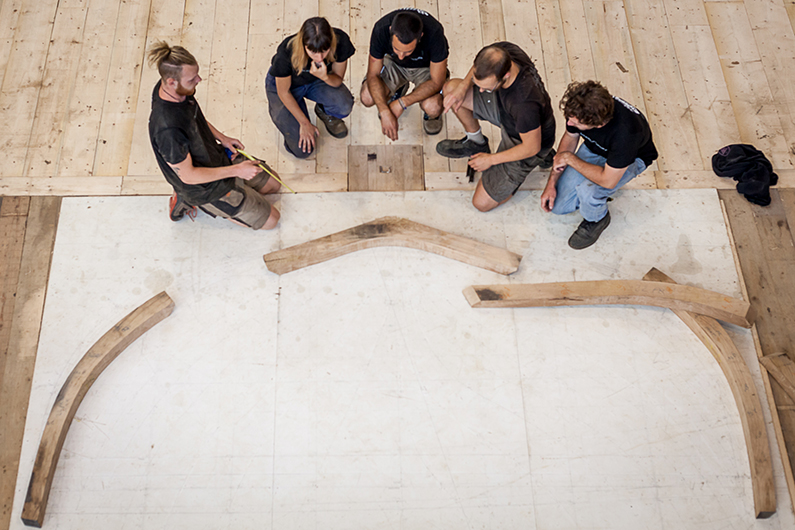
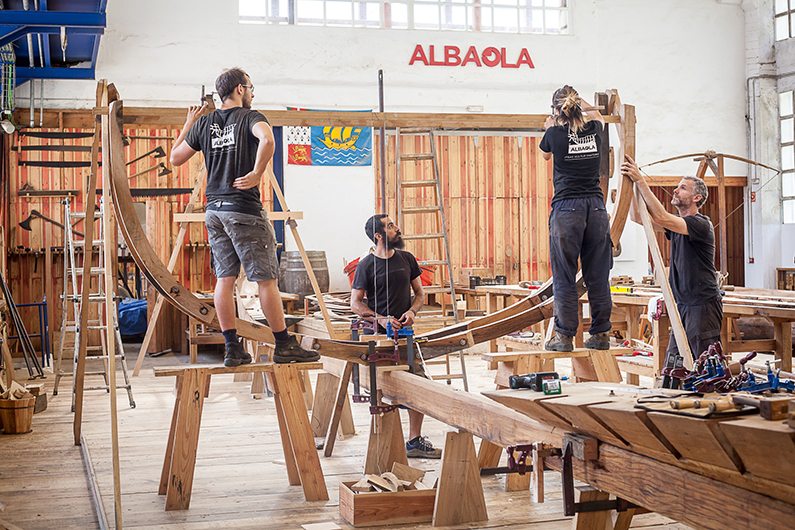


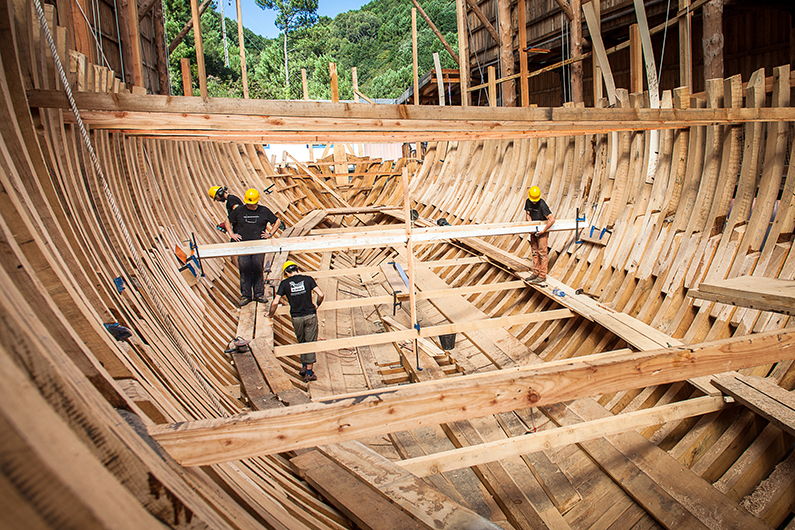
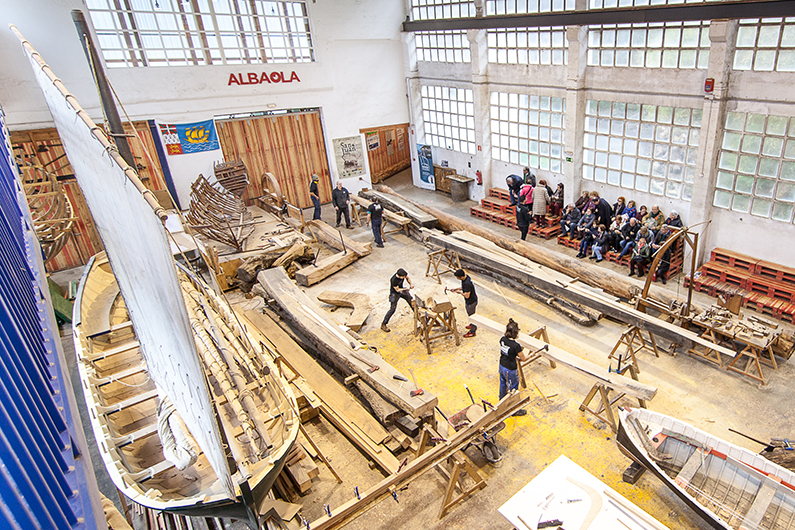
In 1565, the Basque whaling ship San Juan set sail from Labrador, a Newfoundland fishing village. The ship was not to be seen again for more than 400 years. The fifty-two foot, 240-ton nao, a three-masted carrack, was making ready for its voyage home to the Basque port of Pasaia (Guipuzkoa, Spain) with a cargo of whale oil. As the San Juan made final preparations for departure, the ship’s anchor cable parted in a violent storm, casting the ship adrift. The vessel was swiftly swallowed under the waves and sank to the ten-metre-deep seabed. It was thanks precisely to the frigid sea temperatures that the San Juan remained largely intact for four centuries.
In 1978, Parks Canada’s Department of Underwater Archaeology carried out excavations in the sea around Red Bay. After days of work, one of the divers surfaced to exclaim, ‘I think there is something here.’ Indeed, what the team eventually uncovered was the San Juan, buried under a thick layer of ballast stones and sediment, its hull split open like one of the whales it had come to hunt.
‘They proceeded to dismantle the vessel, piece by piece, some three thousand items in all,’ says Xabier Agote, chairman of the Albaola Shipyard-Museum in Pasaia, where an exact replica of Canada’s oldest shipwreck is being built. The San Juan stood as the world’s most important reconstruction of a sixteenth-century commercial ship and, in 1990, it became the official symbol of UNESCO’s Underwater Cultural Heritage. Twenty-three years later, Red Bay itself was declared a UNESCO World Heritage Site, in recognition of the decades of work in bringing to light one of the most significant pages in Basque maritime history.
“I was eighteen years old when I decided to become a shipwright,” says Agote. “I went to the US for an apprenticeship at the Maine Maritime Museum, with the objective of learning to construct wooden ships. It was an enriching experience, as I also learned to appreciate the world’s maritime traditions. This is what gave me the inspiration to build a replica of San Juan.”
Agote founded Albaola in 1997 as a non-profit cultural association. Together with a team of carpenters, he set up temporary headquarters in a small shipyard in Pasaia. The regional government of Guipúzcoa offered Albaola a large disused dry dock at the extreme end of the port, which today is the site of a visitable shipyard-museum called Albaola, The Sea Factory of The Basques.
In 2014, under UNESCO’s patronage, they began to work on the construction of a full-scale replica of the San Juan. Presently, with the building process well advanced, visitors will be able to witness the final stages of construction during the next few years, before the San Juan sails to America as a faithful replica of a 16th-century ship without any of today’s technologies (engine, electricity or modern comforts).
The San Juan is not the only project visitors will find at Albaola. The association has set up Aprendiztegi, an international shipwright training school for the construction of historic vessels.
Each year, six trainees are accepted to a free three-year tuition course. All that is required is enthusiasm and motivation.
Albaola is seeking private funding to continue offering free tuition. Sponsors will help keep alive the captivating craft of historic shipbuilding, a profession threatened with extinction.